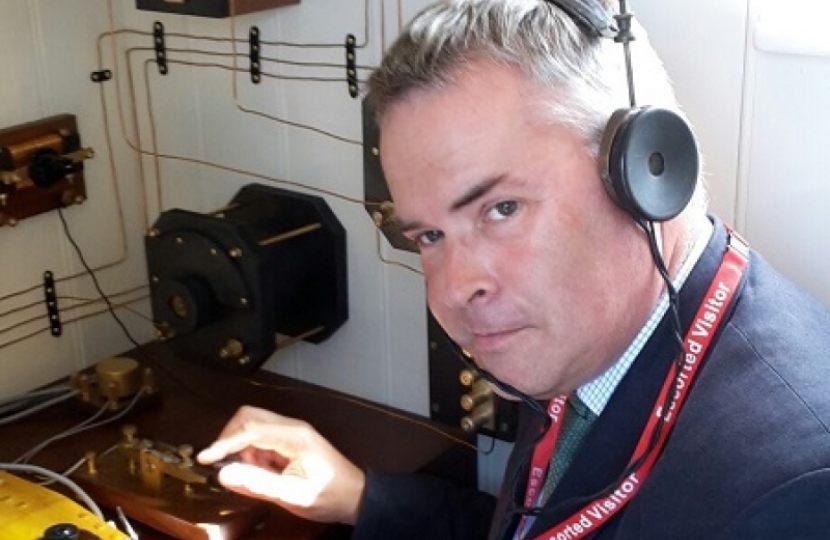
On most commercial aircraft the cabin air supply is provided by engine bleed air. I understand that contamination, known as a fume event, may occur when oil or hydraulic fluid is released into the bleed air (for example, as a result of an oil seal failure) in a fleeting odour or mist in the aircraft cabin. I am informed that most fume events last less than a minute or two.
If airlines are aware of a fume event which endangers any person, they must to report it to the Civil Aviation Authority (CAA). Any concerned passengers may also voluntarily report an incident. An investigation carried out by the operator would then typically follow. If the CAA was not satisfied with that investigation, it could ask for further work to be undertaken. It is a CAA responsibility to monitor for trends and unrecognised safety threats.
However, I am pleased to say that the Department for Transport has carried out significant research into this issue over a six year period. That research led to four studies and all four reports were sent to the independent Committee on Toxicity, which also peer-reviewed other international data. It did not find evidence of cabin air quality at levels exceeding available health and safety standards and guidelines. The European Aviation Safety Agency (EASA) also launched a preliminary in-flight cabin air measurement campaign in spring 2015, the results of which are expected this autumn.
The Department for Transport will continue to work closely with the CAA to ensure the highest standards of public safety. Thank you again for contacting me.
